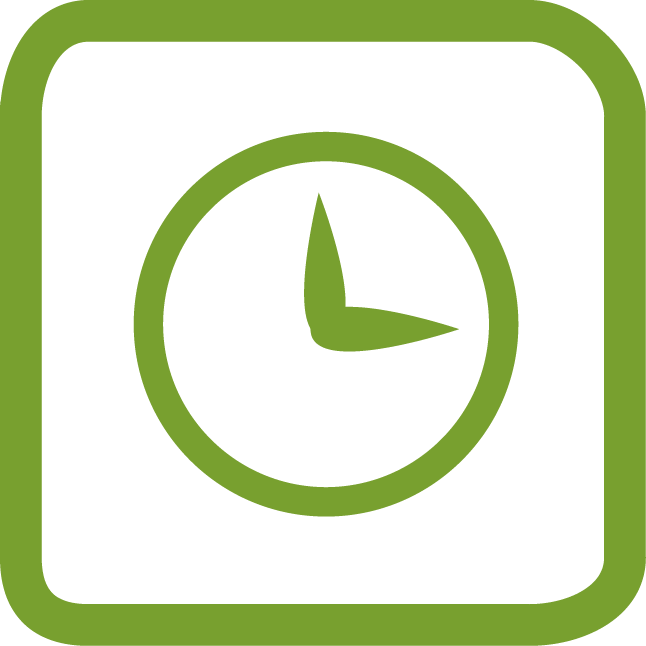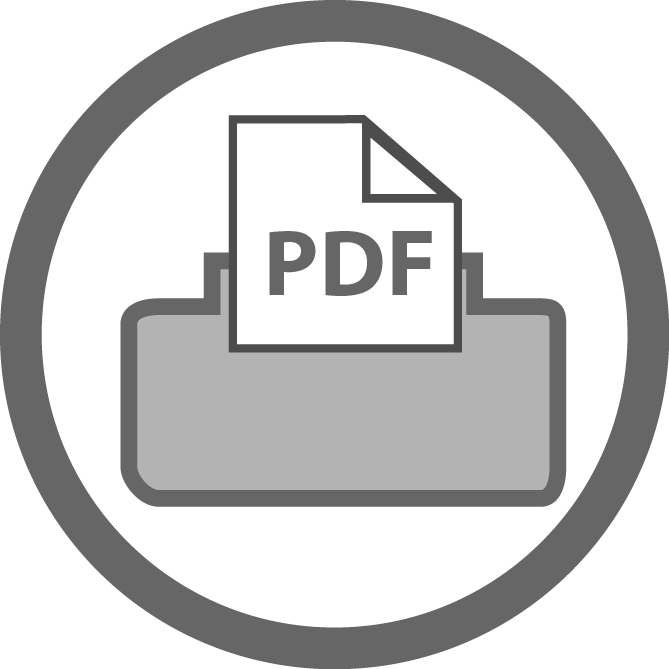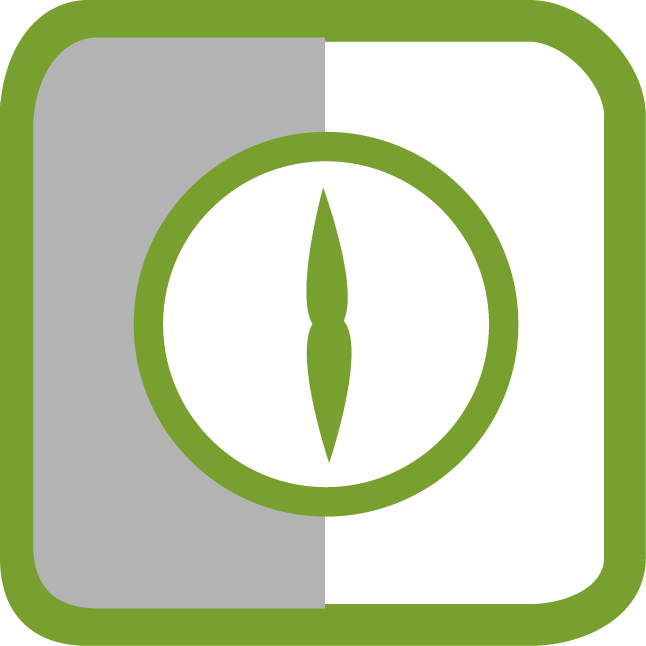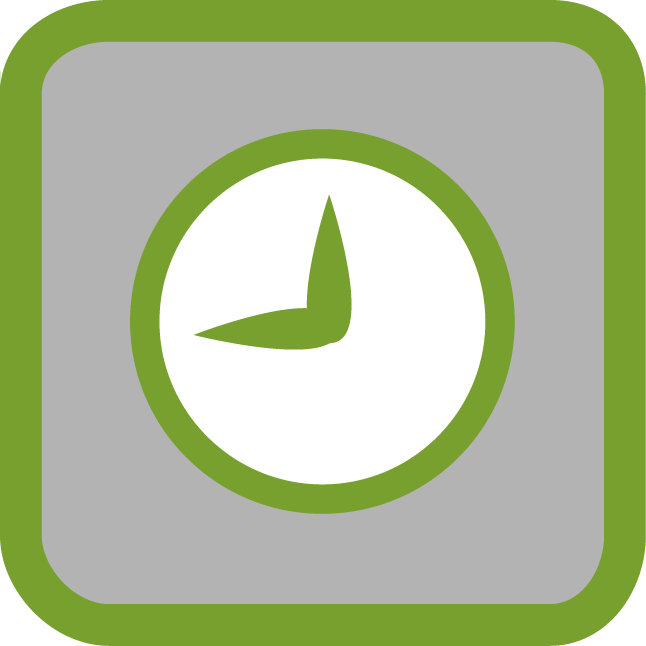 by Matthew Robinson
by Matthew Robinson
Matthew Robinson’s Vancouver Sun article discusses the flu shot and mutations within the viruses that cause the flu.
Strategies/Skills Used
Reading Strategy 1: Access background information.
Reading Strategy 2: Predict what will be learned or what will happen.
Reading Strategy 3: Figure out unknown words.
Reading Strategy 7: Determine the most important ideas and events and the relationship between them.
Reading Strategy 8: Extract information from text, charts, graphs, maps and illustrations.
Reading Strategy 11: Make inferences and draw conclusions.
Writing Skill 1: I generate ideas in a variety of ways.
Writing Skill 2: I organize my ideas based on my purpose for writing.
Writing Skill 3: I use a variety of sentence lengths and patterns.
Writing Skill 4: I write so my thoughts flow smoothly and are easy to read.
Writing Skill 5: I carefully choose the most effective words to express my ideas.
Writing Skill 6: I choose the tone and point of view that suit my writing purpose.
 TEACHING THE ACTIVITY: PRE-READING
TEACHING THE ACTIVITY: PRE-READING
 (1) Provide students with access to Matthew Robinson’s Vancouver Sun article.
(1) Provide students with access to Matthew Robinson’s Vancouver Sun article.
(2) Explain to the students that they will be reflecting on how science is applied to solve a problem.
(3) Ask students if they have ever read about science in a newspaper, science magazine, blogs, twitter, etc.
 (4) Introduce the topic of the article by reading its title. Using the Know-Wonder-Learn strategy, have students brainstorm in small groups what they already know about the topic. Have students complete the ‘Know’ section of the Know–Wonder-Learn Graphic Organizer, highlighting key words from the title.
(4) Introduce the topic of the article by reading its title. Using the Know-Wonder-Learn strategy, have students brainstorm in small groups what they already know about the topic. Have students complete the ‘Know’ section of the Know–Wonder-Learn Graphic Organizer, highlighting key words from the title.
(5) Have students formulate questions about disputed ideas and place them in the ‘Wonder’ column.
 TEACHING THE ACTIVITY: DURING READING
TEACHING THE ACTIVITY: DURING READING
(6) Have students read the article to confirm or revise knowledge and to seek answers to questions on their Know-Wonder-Learn sheet.
![]() (7) Have students identify the main problem in this article. As they read, have students fill in the Problem/Solution Outline Graphic Organizer.
(7) Have students identify the main problem in this article. As they read, have students fill in the Problem/Solution Outline Graphic Organizer.
(8) Lead a group discussion using the key frame questions outlined in the Problem/Solution Outline.
(9) Have students reflect and compare the questions they developed to those that arise when reading the text.
(10) Have students record what they have learned from the article in the ‘Learn’ column of the Know-Wonder-Learn worksheet.
 TEACHING THE ACTIVITY: POST-READING
TEACHING THE ACTIVITY: POST-READING
(11) Have students share, in small groups or with the class, what they have learned, referring back to the Know-Wonder-Learn sheet. Select groups or students to report out their ideas.
(12) Use the Collaborative Summaries activity to review and summarize the key ideas and information covered.
(13) Give each student three small pieces of paper, and direct them to individually write down three ways that science was applied in the article.
(14) Move students into pairs and then into fours to negotiate the three most important points. Stress the need for students to defend their ideas and convince others during this activity.
(15) Have a student from each group present their three ideas. Then, as a class, negotiate the three most important ones.
 TEACHING THE ACTIVITY: POST-READING EXTENSION
TEACHING THE ACTIVITY: POST-READING EXTENSION
(16) Have students create a Response Logs/Reflective Journal that describes the implications of the scientific developments that they read about. Make sure students discuss either the moral, ethical, social, environmental, political, cultural or economic interactions.